Tesco is on top for the 10th year, but its dominance has reduced slightly. So who’s gaining ground as the cost of living crisis eases?
Tesco is Britain’s Favourite Supermarket for the 10th year in a row – and with a widening margin over second-placed Aldi.
It was the overall favourite of 19% of respondents in NIQ’s latest annual Homescan survey of over 7,000 households, and ranked in top position on six of the 10 key metrics – convenience, promotions, use of technology, breadth of assortment, availability and overall shopping experience – through which the winner of this Grocer Gold Award is determined.
“Tesco wins on most of the attributes,” says NIQ head of retailer insight Mike Watkins.
“They appeal to all sections of the population, with stores in all formats. They are a phenomenal retailer.”
However, Tesco is one percentage down on last year, when it was the favourite of 20% of respondents, showing its overall dominance of the other 11 grocers has softened slightly.
So, who has taken up the slack, and what else is this year’s survey telling us?

Price
Despite recent easing of inflation, price remains the most important factor in determining where consumers choose to shop, followed by shopping experience, promotions and convenience.
“Our Homescan survey shows over half the population are still feeling the pain of the cost of living,” says Watkins. “We know food and drink is around 20%-25% more expensive than it was three years ago, so it’s probably no surprise that price still dominates the agenda.”
Nevertheless, by the time the survey was conducted, in April, a corner had been turned on the rampant inflation of recent years, with food and soft drink CPI at 2.9%, down from the March 2023 high of 19.2%.
It ensures other considerations are on the rise.
“After a couple of years with price at the top of the agenda, other attributes will probably gain further traction over the next couple,” says Watkins.
Discounters
It could explain why discounter momentum is slowing, after big gains in recent years.
Aldi remains Britain’s second-favourite supermarket, but has dropped back two percentage points to 17%, widening Tesco’s lead in the process.
Lidl, meanwhile, has dropped from fifth to sixth favourite retailer, trading places with M&S. Lidl is favourite of 10%, the same as last year and down one percentage point since 2022.
“Aldi and Lidl are not making those big step changes any more in terms of favourite retailer,” says Watkins. “They’re just holding position. We’ve had that tipping point.”
It’s a pattern seen in NIQ’s latest monthly market update, for the 12 weeks to 15 June, in which the discounters’ combined share was unchanged year on year at 18%, though within that Lidl’s has grown from 7.2% to 7.6% while Aldi’s has shrunk from 10.8% to 10.4%.
They “have to work harder on things other than price”, says Watkins, with the mults’ price match schemes making for “a very competitive market”.
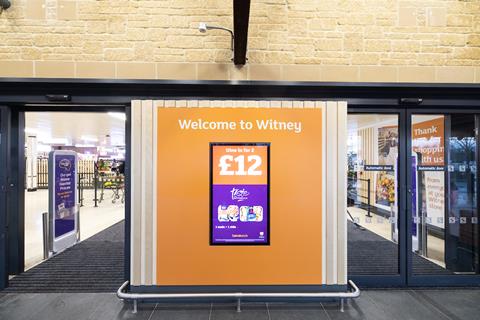
Sainsbury’s
Such schemes are growing relentlessly, with Sainsbury’s adding 50 more products to its Aldi price match campaign in the past month alone.
“Significantly”, Sainsbury’s also added Nectar Prices to its loyalty scheme in April last year – and followed up this April by aping Tesco again with a Low Everyday Prices campaign, Watkins notes.
But the moves on value “certainly haven’t been at the expense of quality perception”, of Sainsbury’s.
Indeed, quality is one of three attributes on which Sainsbury’s has moved up a place. On convenient ways to shop and choice of products, it goes from third to second, in each case knocking Asda down one. On quality, it rises from fourth to third behind M&S and Waitrose, while Tesco falls back a position.
“Sainsbury’s is the most improved retailer in terms of customer perception,” says Watkins, who attributes the improvement to its ‘Food First’ strategy, which this year evolved into ‘Next Level’.
Introduced as a three-year plan in 2020, Food First aimed to improve both value perception and choice, while Next Level, launched in February, is rolling the full range into more stores.
“It’s been very successful,” says Watkins. “They’ve gained shoppers and gained share”, from 14.6% to 14.9% year on year. “In the round, everything Sainsbury’s has done has had a halo effect.”
The strong and improved performance helped Sainsbury’s to win the Grocer of the Year at the Grocer Gold Awards this week.
In terms of the traditional big four, it means some “clear water” is appearing in the survey, with Tesco and Sainsbury’s leading on one side and Asda and Morrisons on the other.
Voting patterns: how Brits’ allegiances have evolved
Source: NIQ
Online
But there are caveats to that. Online, both Asda and Ocado are creeping up on Tesco, which gets 25% of the vote, down from 28% last year.
Asda gets 17%, a rise of one percentage point, while Ocado has shot up by three percentages points to 18%, leapfrogging Asda into second place. Ocado’s rise looks even more dramatic compared with 2022, when it was on just 11%.
Online is a “sweet spot” for Asda, while Ocado has been growing sales “very strongly, by double digits, and has acquired lots of new customers”, says Watkins.
Ocado’s share is up year on year from 1.5% to 1.7% in NIQ’s data, helped, Watkins believes, by the rollout last year of its Tesco price match initiative to 10,000 own label products.
Asda is also doing better on price, having leapfrogged Tesco into third place for the attribute, behind Aldi and Lidl.
Initiatives such as Asda’s Just Essentials range have helped “sharpen the message on price”, while its Aldi and Lidl price match scheme, launched at the start of 2024, will “certainly be within the recognition of shoppers” in this year’s survey, says Watkins.
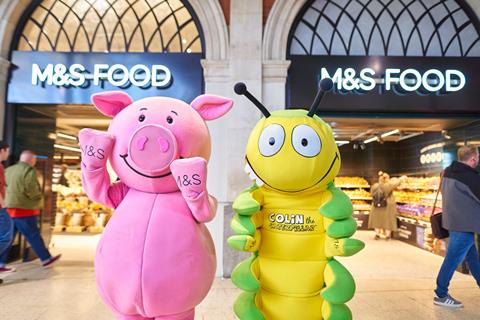
M&S
One retailer has made bigger gains over the past two years as an overall favourite than any other: M&S. As the favourite of 11% of respondents, the retailer is one percentage point up on last year and three ahead of where it was in 2022.
“M&S has made some quite big leaps in terms of how many people shop at them, and they remain the clear leader on this survey for ethics, environment and quality” says Watkins.
The retailer’s share of grocery was up year on year from 3.4% to 3.6% in NIQ’s June data, boosted by its store renewal programme and its simultaneous focus on value and quality.
Its latest ethical move came just this week, as it cut chicken stocking densities in its latest step toward full compliance with the Better Chicken Commitment, a set of welfare standards agreed by animal protection charities.
“Like Sainsbury’s, M&S’s success is quite broad, across a number of attributes,” adds Watkins.
Loyalty
As a one-off question for this year, NIQ’s survey asked respondents which was the best retailer loyalty app.
Along with the sheer dominance of Tesco Clubcard, a notable finding is the 7% for the Lidl Plus app, putting it in fourth place just four years after its UK launch. “Lidl Plus is cutting through,” says Watkins. “For Lidl and Boots to be on a similar level, and to be ahead of Morrisons, is quite impressive.”
It could provide one explanation for Lidl holding its ‘Britain’s favourite supermarket’ score better than Aldi has.

He’s responsible for covering the discounters and retail property, and for commissioning and editing The Grocer’s analysis features. He has over 20 years' experience as a journalist, during which his by line has appeared regularly in a range of national newspapers.
Follow Steve on Twitter: @Steve_Farrell_ View full Profile







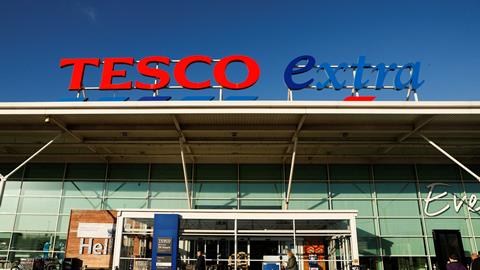





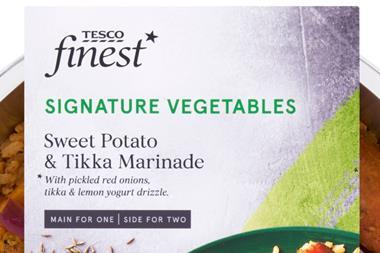
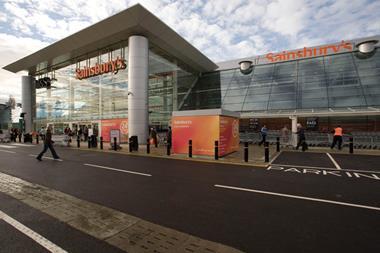




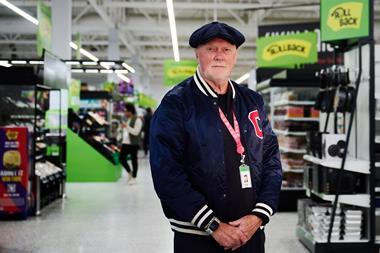




No comments yet